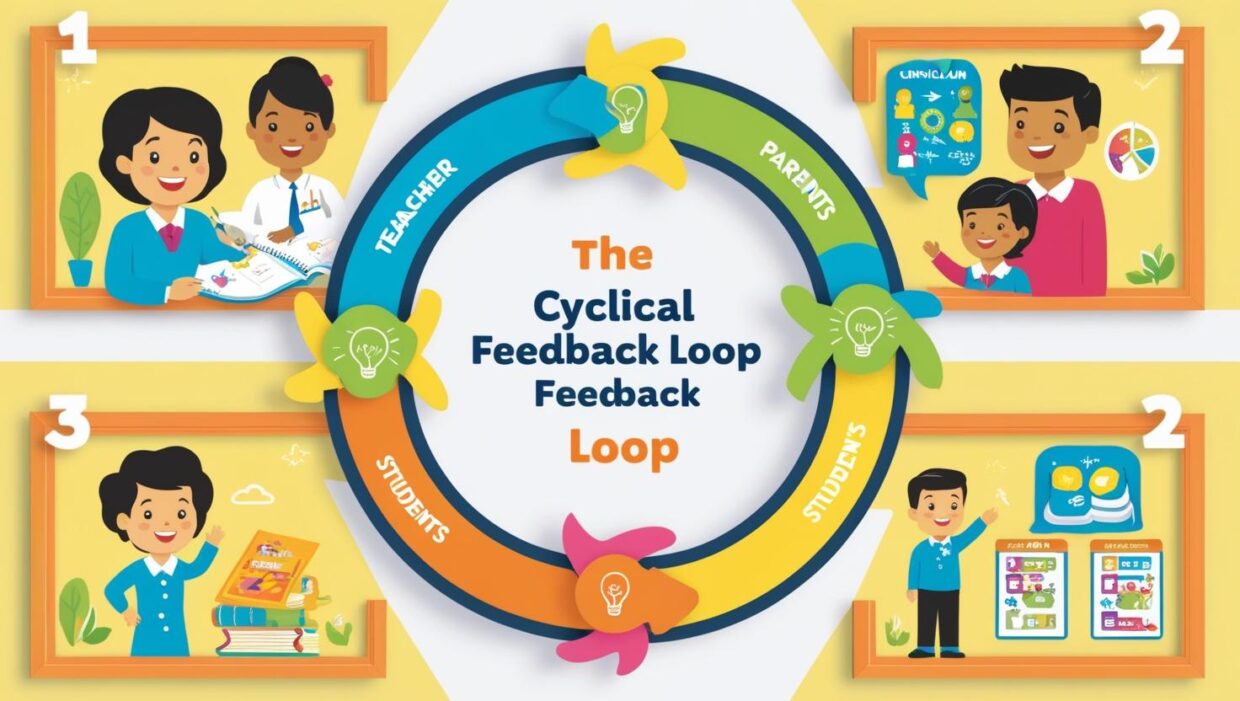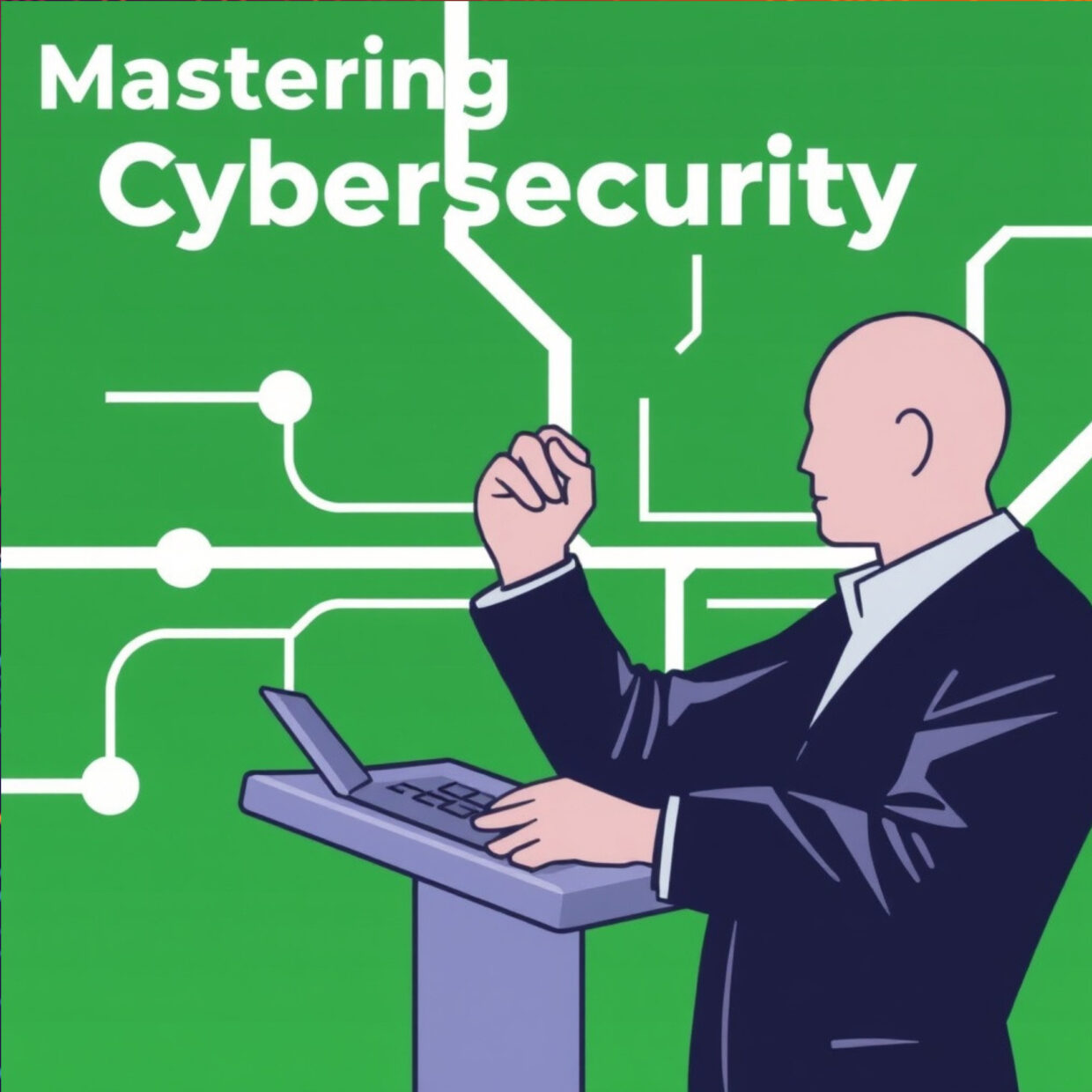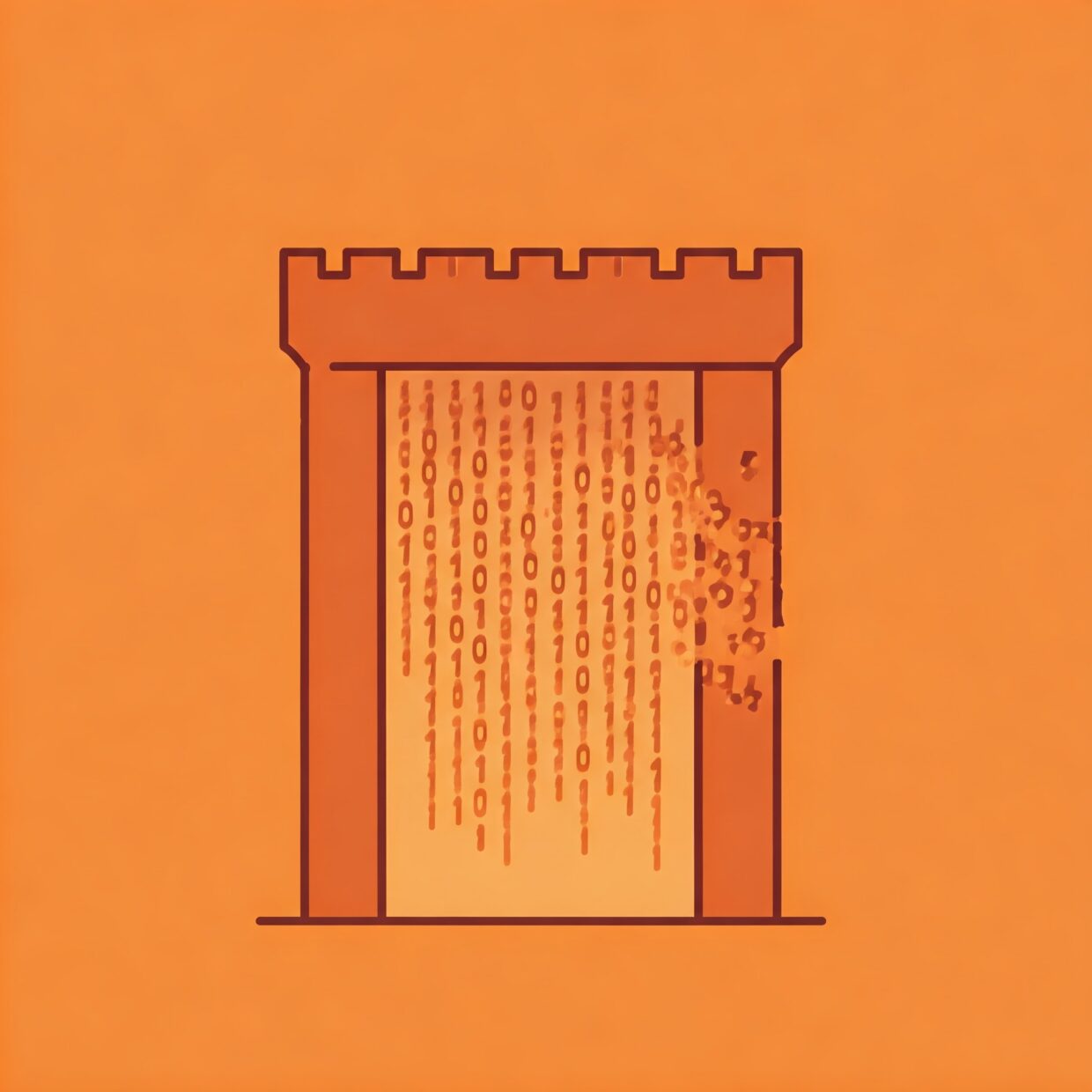Designing a Feedback Loop for Understanding Child Education
Mastering child education concepts requires continuous evaluation of your understanding and growth. A well-designed feedback loop helps identify strengths, address weaknesses, and refine your approach over time. This guide provides actionable steps to create a feedback loop tailored to your learning journey. 1. Set Clear Learning Objectives Before building your feedback loop, define what you aim to achieve in your study of child education. Understand foundational concepts (e.g., cognitive development, learning styles). Master practical techniques (e.g., play-based learning, positive reinforcement). Explore advanced topics (e.g., integrating technology into classrooms). 2. Methods for Self-Assessment A. Concept Checks After studying a topic, write a brief explanation of the concept in your own words. Use the Feynman Technique: Teach the concept as if explaining it to a young child. B. Practice Scenarios Create or analyze scenarios where child education principles are applied. Ask yourself: […]









